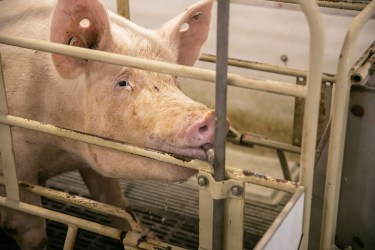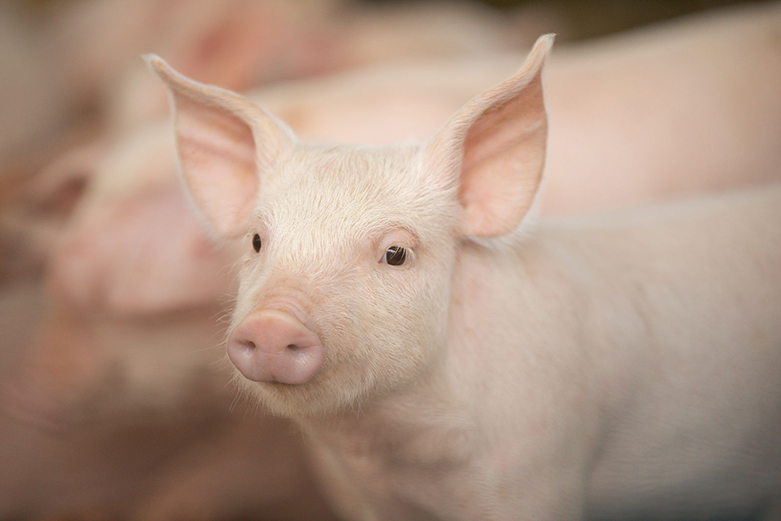Sow robustness has been a long-term selection goal in PIC’s swine genetics improvement program. Our efforts to influence sow retention rates began decades ago with the phenotypic selection of feet and leg quality and structure.

In addition, PIC Elite Farms housing elite maternal great grandparent (GGP) boars are audited by specialists from our Supply Chain team twice annually. The audit catches structural issues that may develop as the boar grows out and turns older. If an issue is identified, the boar is culled. This action reduces potential structural issues being passed on to future offspring.
Improving sow retention through genetic selection is one part of the solution, but environmental factors and management practices have a large impact on sow mortality as well. Working with different farms and systems across the globe, the PIC Technical Services team has identified four sow management best practices to help uncover and address sow retention rate challenges.
Here are four steps you can take to improve sow retention on your sow farm or system.
1. Know your sow mortality numbers
Do you know how your sow farm measures up to other farms in the same company, region or globally in terms of sow retention rate? PIC uses several indicators (shown below in Table 1) to evaluate sow retention rate. These indicators help describe the situation, define how quickly the interventions should be implemented, and guide efforts and resources to minimize sow mortality.
2. Complete a sow farm or system review
Looking to improve or challenge the status quo? The next step is a sow farm or system review. Enlist the PIC Technical Services team to help. They can review processes, methods and sow management best practices that could help improve your sow retention rate.
A fundamental part of the farm or system review is swine health diagnostics. Reliable health diagnostics allow you to accurately identify and address underlying swine health issues impacting retention rates. PIC’s Health Assurance team can help you find and design the most cost-efficient solution or define mitigation strategies.
3. Identify opportunities to improve sow retention rates
Once the review is complete, analyze the information to find opportunities. For example, if your farm has high sow mortality, multiple factors could be causing the issue – culling rate, farrowing rate and low-parity-sow retention rates. Understanding how all the factors interact can lead to identifying the root cause of sow mortality.
4. Develop an action plan
The next step is creating an action plan. The action plan should include the corrective or new processes to be implemented and how to measure and assess those changes. Every action plan should include staff training on new protocols and processes. This can be a challenging undertaking with high staff turnover and daily tasks. PIC’s Technical Services team understands and can help develop training materials and train farm staff.
To evaluate and improve your sow retention rates, contact your PIC account team today.






